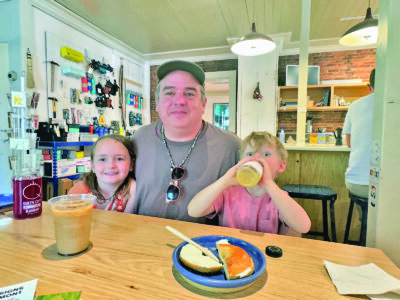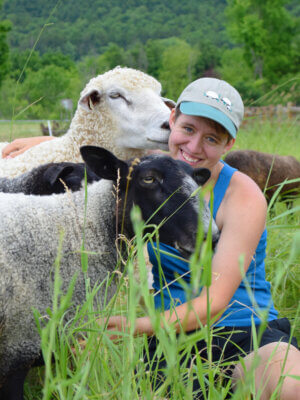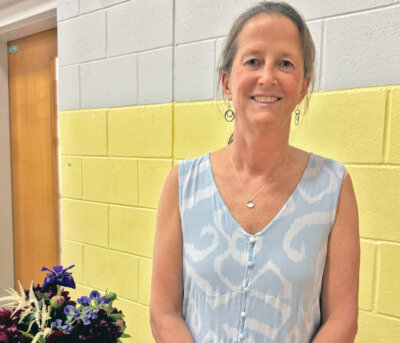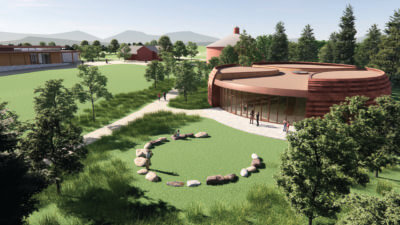Finding common musical ground with many art forms
It’s not unusual for a musician to collaborate with other musicians on projects, but Damon Ferrante casts a much wider net for the partnerships he forms through his business, Steeplechase Arts. Two of his current musical collaborators are Charlotte painter Cameron Davis and former Vermont poet laureate Ellen Bryant Voigt.
Ferrante was still in graduate school at the Peabody Conservatory in 2003 when he founded Steeplechase Arts to produce his first opera. A theater director offered to provide funding so he could present it, if Ferrante agreed to take charge of all the logistics including auditioning singers. He formed the business that year and Super Double Lite debuted at Symphony Space in New York City in 2004.
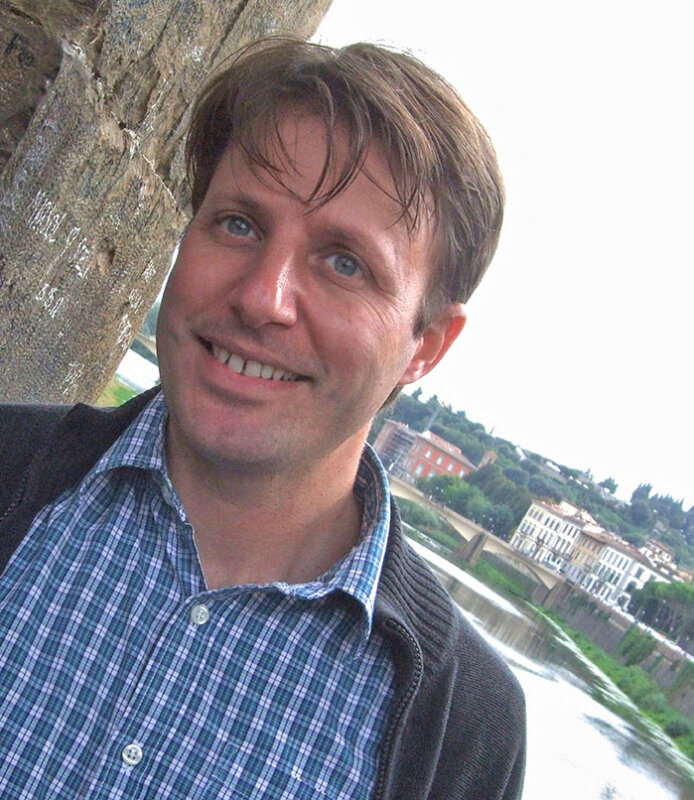
“The name Steeplechase is a confluence of a few different things,” Ferrante said, noting that it is the name of a rollercoaster in Coney Island, as well as both a human and equestrian racing event involving obstacles.
“That’s how I feel about live performances,” he said. “There’s an aspect of danger.”
Steeplechase Arts started as a music production company that worked in collaboration with other musicians, as well as theater and dance groups.
In 2012, Ferrante branched out to include music publishing with a series of books on music and instrument history and how-to books. Rolling Stone magazine named Steeplechase Arts beginner guitar and piano books the best in the field during the pandemic. The publishing side of the business has grown but Ferrante is happy that with the return of live events, the collaborative music side of the business is also on the upswing.
Ferrante’s own musical history is also bifurcated. He is trained as a classical pianist and self-taught as a rock guitarist.
Both of Ferrante’s uncles were mechanics. “They’d come by and leave us cars, stray dogs and other things,” he recalls. One uncle brought over a guitar and amplifier that had been broken into pieces. Ferrante used screws and duct tape to put the guitar back together, but he still got a small electric shock when he played because someone had pulled out the grounding wire.
The music he writes is mostly for piano, but he rarely plays the instrument, preferring his steel-string and electric guitars.
Ferrante is currently involved in a number of non-traditional collaborations. He is working with the Bowers-Fader Duo, which is made up of a guitarist and a mezzo-soprano to provide music to go alongside the poems of Ellen Bryant Voigt, who was Vermont poet laureate 1999-2002.
His collaboration with artist Cameron Davis consists of piano preludes. Another project involves creating music based on the natural world and is inspired by Linda Hamilton and her late husband Larry, who was a long-time environmentalist and served as tree warden in Charlotte for many years.
Ferrante is currently juggling collaborations in New York City and Europe, but now that he and his wife have a toddler, he is doing less travelling. Local musical collaborators include a rock project with bassist Aram Bedrosian who owns Music Dojo in Burlington and the singer Debra Fotheringham. He has just finished a set of 13 dance preludes for classic guitar called Divinità Minori, which means little gods in Italian and would like to continue in that vein with companion pieces for steel string guitar.
In addition to Super Double Lite, which is a comic opera, Ferrante has written a lyric opera called Jefferson and Poe. His film scores include “White Winter,” and an Argentinian film called “La Flor.” Ferrante described his work for both films as “atmospheric.” He is excited to be working on the score for a thriller by Vermont filmmaker Sean Baker called “Follow Her” about a social media influencer.
Ferrante has performed across the globe including venues as far afield as China, Greece, Italy and Spain, but he has called Charlotte home since 2014.
“We really like the people here,” he said. “We like the sense of community and connectedness, the slower pace and the kindness of the people.”
Ferrante finds inspiration from his collaborators but also from objects like Calder sculptures and Miro paintings. “It’s a mysterious process,” he said. “Sometimes ideas that are not exactly drawn from music inspire the musical ideas.”
He also relishes the give and take with other musicians.
“There is a lot of solitary work in being a composer and performer so it’s quite a joy to share ideas with other artists,” he said. “That’s been a wonderful part of my life.”
Related Stories
Popular Stories
If you enjoy The Charlotte News, please consider making a donation. Your gift will help us produce more stories like this. The majority of our budget comes from charitable contributions. Your gift helps sustain The Charlotte News, keeping it a free service for everyone in town. Thank you.
Andrew Zehner, Board Chair




